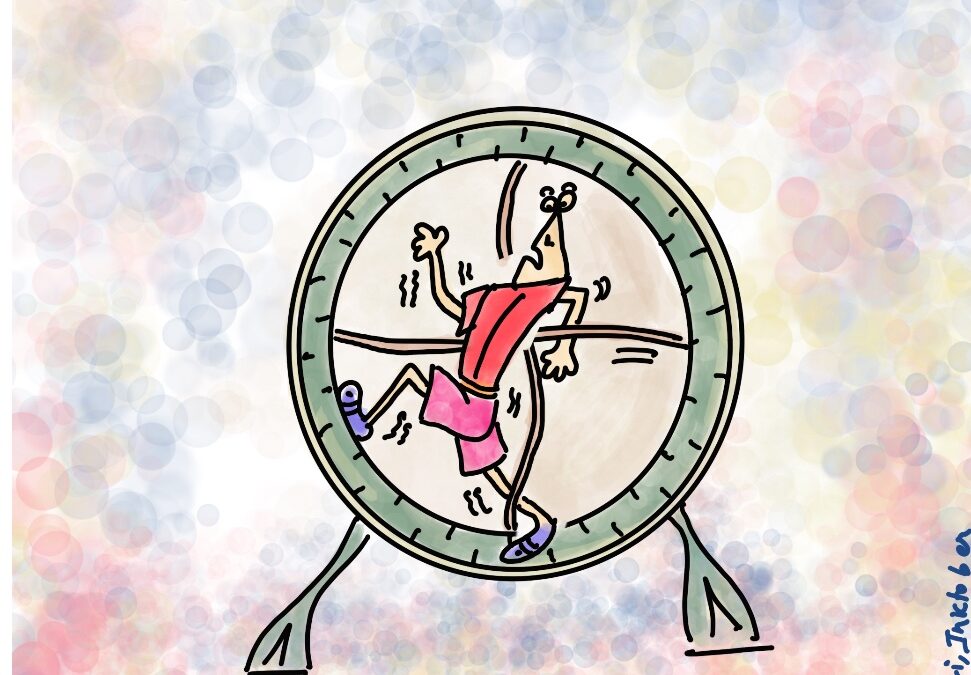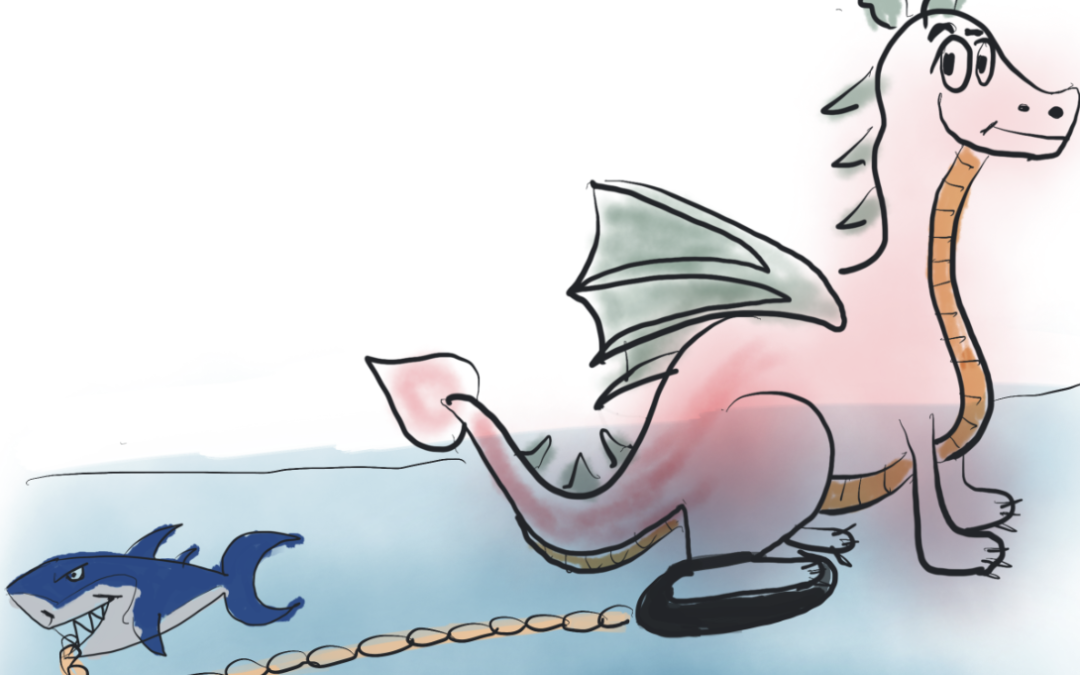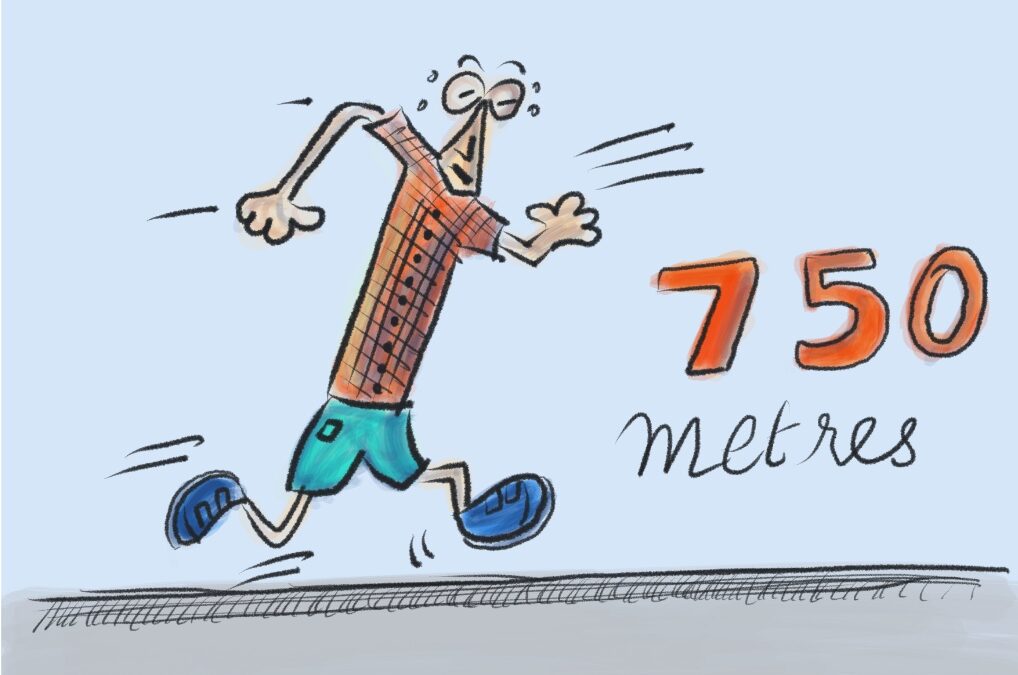
The Trap of Busy Work: Are You Really Moving the Needle?
In my one year working for myself, I found something surprising.
I am not busy. On a weekday, I have time to go out with friends on coffee and lunch dates. I get to spend all my weekends doing something fun—reading, quilting, or cooking. Some weekdays, I go out for long walks listening to music. I’ve had time for long conversations with friends whenever they would call up. I work, on average, four hours a day, four days a week, sometimes five days.
I have also launched my coaching business and passion project this year. I have been regularly coaching clients and writing (150+ articles averaging ~1200 words). I have also been on seven live workshops and long-term courses, taking time to study, learn and implement the concepts in my professional and personal life. I’ve been the most productive in my career this year despite working only 20 hours a week instead of 60 hours a week.
Reflecting on what made a big difference to my productivity, I realise that at least 80% of my career in the last five years in my corporate stint has been spent on “busy work”.
What is busy work?
Busy work occupies time. It drains your energy and resources. Busy work is mostly fire-fighting and resolving crisis work. This kind of work saps your time and doesn’t leave you feeling satisfied or content with your work at the end of the day. In the middle of bustling urban Los Angeles is an active paleontological site called La Brea Tar Pits. The tar pits were and are carnivore and predator traps. Four centimeters of tar is enough to snare a large animal.
Paleontologists have unearthed fossils of ice-age animals trapped in the pits. These include mammoths, grizzly bears, black bears, giant jaguars, saber-toothed cats, dire wolves, giant mastodons, prehistoric camels, and ancient bison. It’s surprising, isn’t it? The deadly tar pits ensnared many creatures. The dire wolves were the most common species excavated from the tar pits, and more than four thousand dire wolves have been pulled out. It makes you wonder how so many dire wolves got trapped in tar pits that were not even four centimeters deep.
Say, accidentally, a large animal like a mastodon got stuck in the tar pit. The tar pit is only a few centimeters deep, but they are sticky! Once stuck in the pits, the mastodon will eventually sink into the earth. But it will linger on the surface of the tar pit for at least 17-20 weeks. The stuck Mastodons are tempting and easy bait for roaming scavengers and predators like dire wolves. A pack of dire wolves would pounce on the stuck mastodon, and while gorging on, the prey would get stuck in the tar pit themselves! Once stuck, it was downhill from there on.
Being busy can be similar to being stuck in a tar pit. Once you are stuck there, more work comes at you like the dire wolves, and you slowly drown with all the work. The effect is not immediate, but like the tar pit, the busy work very slowly and gradually over a long period overwhelms and sinks your energy and resources.
Let’s look closely at the tar pits of your work that cause you to drain your life energy at work. The four things we will cover in this article are
1. The Hamster Wheel
2. Validation from Work
3. Lack of Gatekeeping
4. Consequences of being busy
The Hamster Wheel
In the community I live in, there is an ironing couple. The couple irons washed clothes from all the apartments. They iron clothes for a living. For every cloth they iron, they make 10-12 rupees. So, how they make money is proportional to how many clothes they iron.
I did a quick calculation: If they iron 30 pieces of clothing every hour and work for 8 hours a day, six days a week, they would make 62,400 rupees a month. So two people would make twice the money – 124,800 rupees. To earn this money, they must be at work every minute. They can’t afford a wasted minute or action. Taking a day off because they are sick would mean a loss of income. In their line of work, being productive means performing income-earning tasks as much as possible during the day and maximising their earning potential.
The downside of this kind of work is that having boundaries and a life outside work becomes challenging. The couple has three young children and older parents to take care of. They work 12 hours here every day, six days a week. The work is repetitive and keeps them occupied all day, leaving little time for other things.
Most of us working in the knowledge economy do not have this problem. But we behave like the couple who are hard at work ironing, thinking that the time spent doing “work” is how we earn our salaries.
Most of you reading this article are paid to think deeply, strategise, plan, execute, and achieve goals and objectives that significantly impact your team or company. But there is a gaping chasm between your actual work and the work you are supposed to be doing. If you get the sense that your work day is like a hamster wheel, where once you get on, it is hard to get off for days or months on end, it is time for some serious reflection.
Stop the hamster wheel, take some time out in the day and take a piece of paper. On the left, write down everything you are doing, and on the right, write everything you ought to be doing. What is the difference? Is the hamster wheel churning out something productive or keeping you busy? Are you sinking into the tar pit with all your work, or are you able to avoid falling into the trap?
Validation from Work
There is a mythological story about Hanuman, a deity in the Hindu religion revered and prayed by millions of people in India. Hanuman is well known for his extraordinary physical strength and prowess.
As a child, Hanuman was mischievous and often played pranks on sages. Using his precocious powers, Hanuman interrupted offerings into sacrificial fires and disrupted the sages’ meditation.
One day, a sage troubled by Hanuman cursed him that he would forget his powers, as he had wreaked havoc with them. But when reminded of his powers by another person, he would be able to access and use his powers.
Sometimes, we are like Hanuman. We can access our superpowers and skills to the fullest extent only at work. Being praised, acknowledged, and rewarded for our work feels good. Being rewarded with a promotion, bonus, status, perks, and awards feels exhilarating. It feels satisfying to be seen and spoken about in a good light by our peers, family and friends.
This validation that we receive from work can often be a trap. It is addictive and hence not enough. We crave more and more. No matter how much we receive, we want more.
At some point, our work becomes an exercise in chasing validation because only that validation helps us feel worthy and better about ourselves. Without the validation we receive from the work and the workplace, we do not know our own worth. This is especially true when we spend a disproportionate amount of energy at work, thereby taking it away from other areas of life. This is not just the physical time you spend at work but also mentally.
You could not be at work but on a walk or spending time with your loved ones, but the work is always running in the background.
If something goes wrong at work, then there is a sense of your entire life crumbling down. Problems at work take over your mental bandwidth, day in and out. If you think this applies to you even a little bit, take 30 minutes out of your work day to reflect on the following questions.
What happens when you are not busy? Does it diminish how you think of yourself? Does it matter what others perceive? What are the emotional needs that work meets for you?
There are no right or wrong answers to the above questions; it is about making space to reflect honestly and courageously on what is going on.
Lack of Gatekeeping
A liminal deity is a god or goddess who presides over doorways, thresholds, or gates—any space that indicates a crossover of boundaries.
Janus, the Roman God after whom the month of January is named, is a liminal deity. Janus is represented by two heads, one looking into the past and another looking into the future.
The concept of gatekeeping and the need to watch over boundaries are prevalent in all old cultures. A liminal deity is found in almost all mythologies. Without a liminal deity to watch over, there is chaos. Chaos reigns in our workplace, keeping us busy without gatekeeping. If other people’s priorities constantly dictate your work day, then you know that there is no gatekeeping.
This is more prevalent when we say yes to our boss, senior stakeholders, clients and other people who we do not want to offend. Gatekeeping is missing when our default response to doing other people’s work is yes. Gatekeeping is missing when you cannot find time or energy to do the job for which you are getting paid. Gatekeeping is missing when you are more busy than being productive. Gatekeeping is missing when what you’ve planned for the day, month, or year has been left aside to do more urgent work.
If you are struggling with more work than you can handle, consider what gatekeeping is in place. Where is the clear decision point in your workflow when you say yes or no to work? What are your criteria for saying yes to additional work? Is it a strong yes or a yes by default? Is your work taking you closer to achieving the goals and objectives for which you are paid?
Consequences of being busy
There are three main consequences of being busy over being productive. And they are not desirable.
No Time for Future Proofing
There is no time for learning and growth if you are always busy. You are tapping into skills and knowledge you picked up earlier in your career when you did not have time to learn, think and implement. You are spending from what you have earned earlier, and you may not have the time to pick up the current or future skills you need to do your work better.
De-Training of Attention Muscles
Busy work can be shallow work, and more often than not, it is also multi-tasking. You are constantly switching between tasks to put out whichever fires are burning dangerously at the moment.
Doing this constantly will de-train your attention muscles, making it hard for you to focus when you need to. This is why you are drawing blanks when you finally sit down to create that important slide deck, write that key document, or figure out a long-term strategy. Being busy all the time makes it hard to work on strategic or big-picture things.
Chronic Stress
When you are busy most of your work day, your body is in a constant state of stress response. The body is geared up to fight or flee, which is helpful only during actual moments of crisis. This stress response can become chronic and routine, making you tired and overwhelmed. A heightened and prolonged stress response can also reduce your ability to be responsive and make you reactive.
Summary
To summarise the key points in this article, if you feel overwhelmed, dissatisfied, and stressed most of your work days, then it is time to reflect on whether you are busy or productive. There are three reasons why we would choose being busy over being productive.
1. We are on the hamster wheel and are finding it challenging to get off it. The nature of our work can make it very hard for us to pause, stop, and rest.
2. We crave and love the validation we receive at work. Sometimes, it can lead us to do way more than we are able to when our self-worth is tied closely to how we are valued at work.
3. A lack of gatekeeping leads us to take on more work than we can handle. Our default response to more work is “yes,” not “let me think about it and get back to you.”
The consequences of being busy are that it is hard to make time for learning and growth, it makes it hard to focus as your attention muscles are being de-trained by shallow work, and your body is in a state of chronic stress, leaving you tired, overwhelmed, and reactive.
Several strategies exist for being productive instead of busy. But before the strategies can be implemented, we must understand the root causes that drive us to choose ‘busyness’ over ‘productivity’.
If you want to find out what strategies you can implement to get out of ‘busy-ness’ and move into more productive days without working 12-hour work days, check this article out.
Redefine Your Career Path
Ready to redefine your career path? Book a free session to unlock your potential with personalized career coaching.


